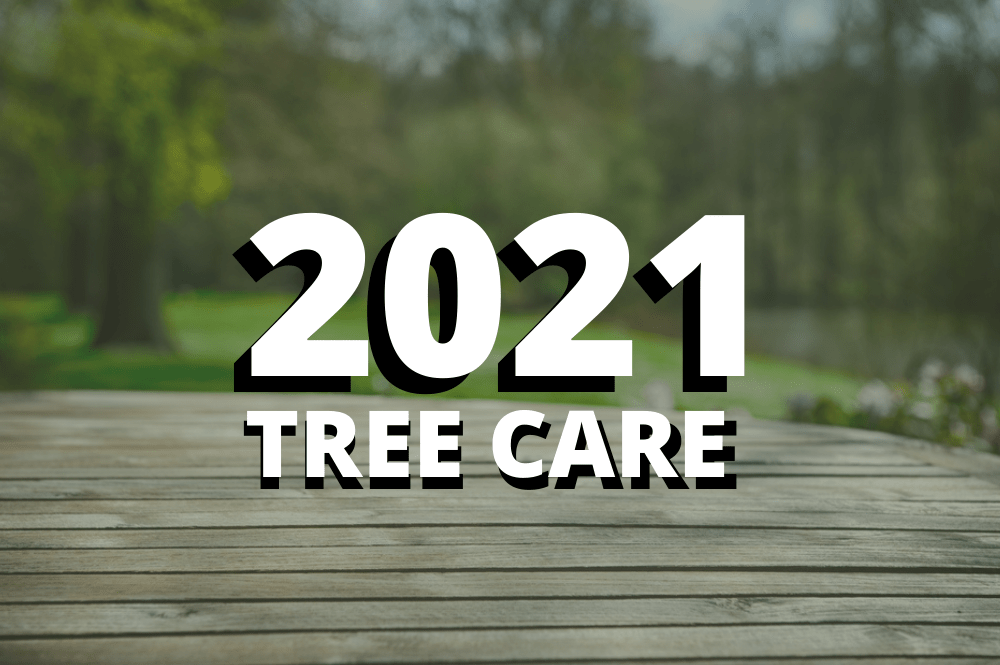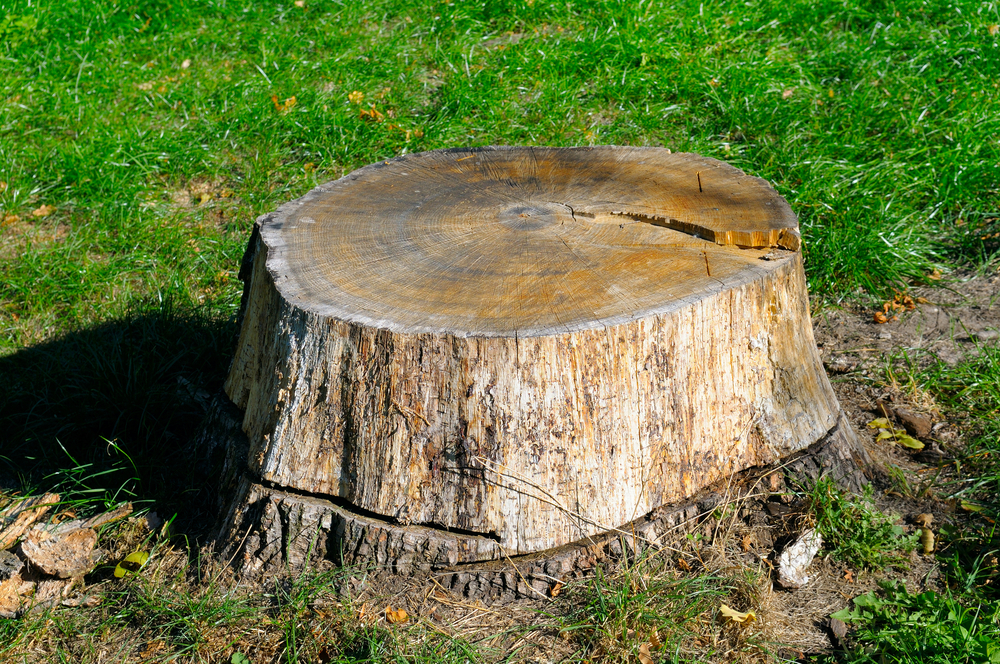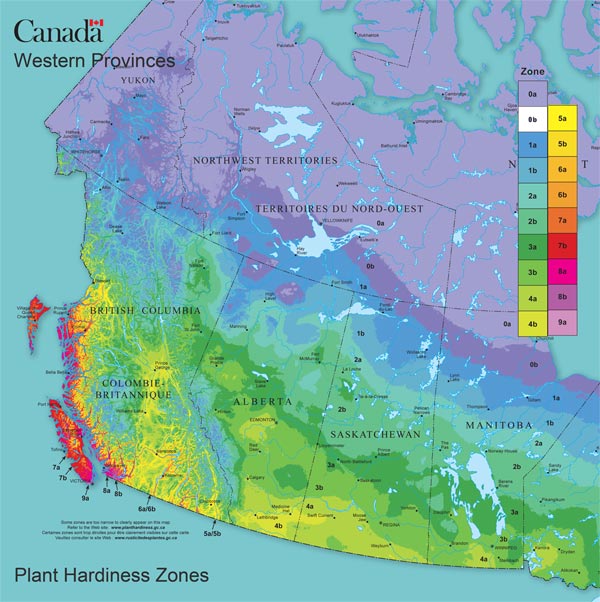
VI Tree Service o Vancouver Shares Top New Years Tree Care Tips
If you’re looking to make 2021 an unbelievable year, consider giving your trees some extra TLC. New Years resolutions are all about a fresh start, a new goal, and a better tomorrow – considering that studies show having healthy plants outside improves the health of the people around them, it makes sense to work on improving the quality of your home or business’ leafy outdoor greens.
Not sure where to start? Take a look at these suggestions on how to protect and improve your foliage’s life in 2021.
Embrace a New Look with Tree Pruning
Plenty of people decide to start the New Year with a new look and say goodbye to the past. Trees benefit from the same idea! Pruning a tree removes the dead, broken, and failing parts of the plant with a precise snip here or there, much the same as a hairstylist revamping your hair!
And, just like you wouldn’t want an amateur chopping off your locks, your trees wouldn’t benefit from an amateur pruning. Pruning a tree too much can kill the plant, and too little can be a pointless endeavour. Working with arborist professionals like VI Tree Service ensures that your plants are pruned to perfection.
But should you wait for spring to have a tree service come by? Certainly not! Trees actually benefit from being pruned in the winter, when pests aren’t around to inhibit their healing from pruning. Pruning in the winter promotes a better growth quality in the spring.
Rejuvenate Plants with Fresh Fertilizer
Everyone likes to start the New Year off feeling fresh and new. It’s not surprising that vitamin and nutritional supplement sales sky-rocket after January 1st. Trees like getting a healthy dose of vitamins just as much as people do!
Trees can’t take a vitamin pill, though. Fertilizer is the nutritional supplement source for trees and bushes. Fertilizer doesn’t necessarily feed a tree, but it does boost its health by providing the needed nutrients that fuel photosynthesis and the growth processes of the plant.
Finding the right type of fertilizer for your plants is a service that professional tree care companies like VI Tree Service can provide for you. Not all fertilizers are best for every type of bush or tree, and taking care to find the perfect fertilizer for your tree’s needs will ensure a healthier growth for the year.
Strengthen the Soil with Composting
Planting a tree takes more than just water and dirt. The soil your tree is planted in is entirely unique, with different needs and demands than soil located in other regions. In fact, soil can actually vary drastically from as short a distance as a mile away! So, how do you know if your soil is optimal for growth?
VI Tree Service and other arborist professionals can conduct a soil test to determine the pH and nutrient content of the soil. After the test, they can tell you exactly the type of soil you have, and what nutrients or materials need to be introduced to improve it.
Often, the improvement can be achieved with composting. Composting is the art of taking organic material remains, like eggshells, coffee grounds, and fruit rinds, and adding them to the top of your plant and garden soil. The organic material breaks down over time, adding vital nutrients to the soil that improves the life and growth of the plants around it.
VI Tree Service can recommend the best organic materials to add to your soil depending on its makeup and needs. Soil can be picky, and adding the wrong material can make it harder for your tree or bush to thrive properly.
Schedule Annual Tree Care and Assessments
Healthcare professionals recommend an annual appointment for a checkup, and so do tree care professionals! Tree health care specialists conduct care during annual assessments. The goal of a good tree care specialist company is to make the foliage of your yard as immaculate, strong, and healthy as possible.
During an annual tree care assessment with VI Tree Service, you might see them determining if trees need special care like cabling or bracing for support, or pruning off dead branches during their visit. They can even recommend if a stump needs grinding down or pulled from the yard, and are capable of doing that work for you, too.
Choose a Pro for Your Tree’s Needs
Taking care of trees can be a time-consuming and dangerous task. While snipping off the occasional branch may seem easy enough, doing it on top of a ladder near electric cables can quickly turn any tree pruning service into a challenge. With that in mind, tree care specialists like VI Tree Service recommend working with a professional for tree services.
A professional arborist company and tree servicer will be licensed and certified to navigate around powerlines, poles, and architecture. They’ll also have the training and expertise necessary to handle the rigorous task of climbing trees, cutting large branches, and getting into the tight spaces required to complete tree-care work.


